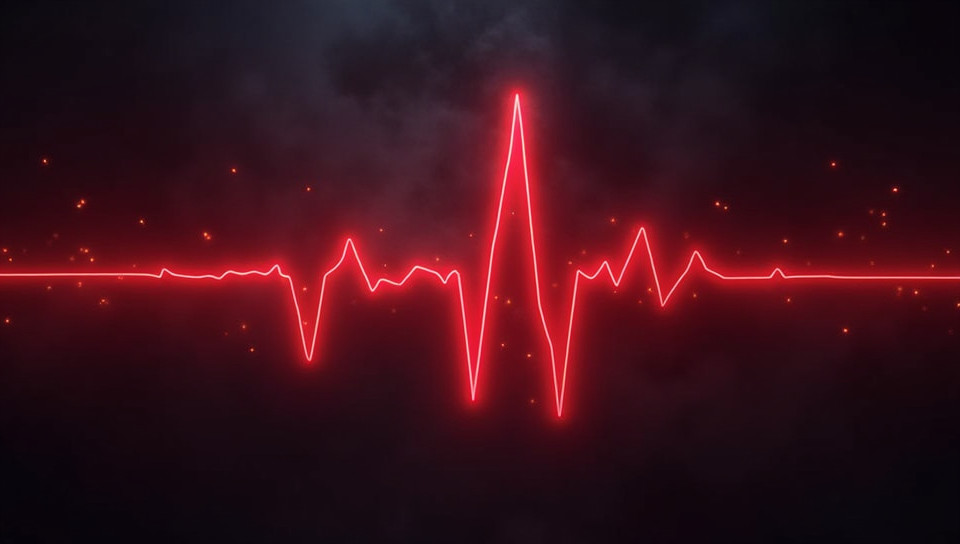A rapid heart rate occurs when someone experiences fear 89%

The Fight or Flight Response: How Fear Affects Our Heart Rate
Have you ever felt your heart racing out of control, as if it's about to burst through your chest? This intense physiological response is a natural reaction to fear, and it's essential to understand how our bodies respond to threats. In this article, we'll delve into the fascinating world of cardiovascular responses and explore why a rapid heart rate occurs when someone experiences fear.
What is Fear?
Fear is an emotional response that triggers a cascade of physiological reactions designed to protect us from harm. When we perceive a threat, whether it's real or imagined, our brain sends out distress signals that activate the body's "fight or flight" response. This ancient mechanism prepares our bodies for action, releasing stress hormones like adrenaline and cortisol.
The Physiology of Fear
When fear strikes, our heart rate accelerates rapidly as the nervous system sends signals to increase blood flow to the muscles. This is achieved through a process called sympathetic stimulation, which overrides our parasympathetic nervous system's attempts to calm us down. As a result, we experience:
- Increased heart rate
- Raising blood pressure
- Rapid breathing
- Sweating and trembling
Why Does Our Heart Rate Increase?
During the fight or flight response, our brain prioritizes sending oxygen and nutrients to our muscles over other bodily functions. To achieve this, it instructs the heart to pump more blood to meet the increased demand for oxygenated blood. This is why we often feel a pounding sensation in our chest when we're scared.
Can We Control Our Heart Rate?
While our body's response to fear is automatic, we can influence our heart rate through various techniques:
- Deep breathing exercises
- Progressive muscle relaxation
- Visualization and meditation
These practices help calm the nervous system and reduce stress hormones, ultimately slowing down our heart rate.
Conclusion
A rapid heart rate occurs when someone experiences fear due to the body's fight or flight response. Understanding this physiological reaction can help us better manage our emotions and develop coping mechanisms for dealing with anxiety-provoking situations. By acknowledging the physical symptoms of fear and learning how to regulate them, we can regain control over our bodies and minds.
The next time you feel your heart racing out of control, take a moment to breathe deeply, relax your muscles, and visualize a calm state. With practice, you'll be better equipped to manage your fear response and live a more balanced life.
- Created by: Kabir Kumar
- Created at: Oct. 27, 2024, 1:03 p.m.
- ID: 14487








